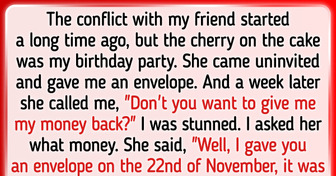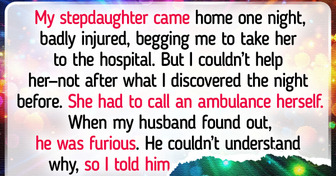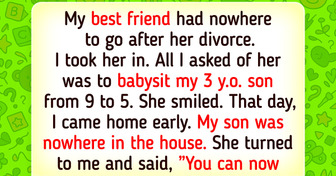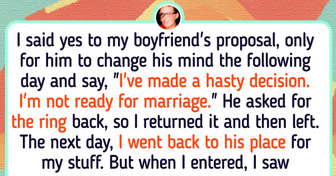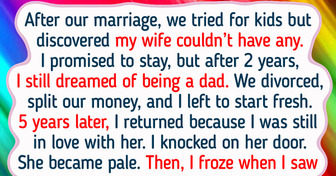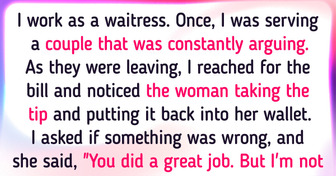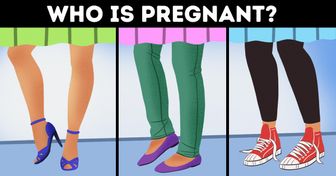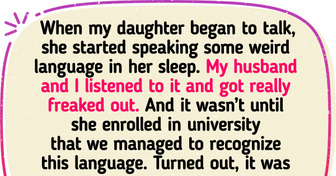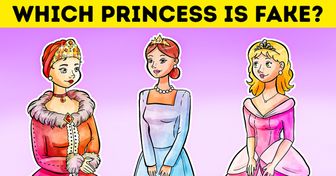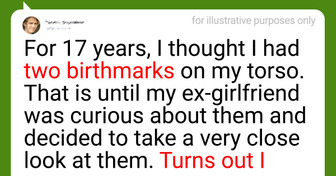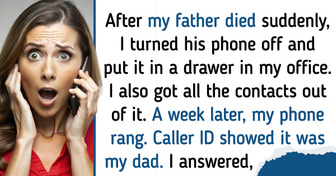15 Travelers Who Ended Up in a Story to Tell
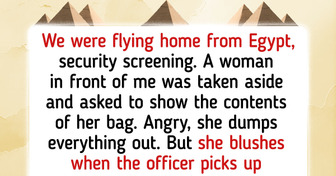
Our Sun. Something strange just happened now. Every TV channel, the news, they’re all talking about a black hole that came closer to us — on the spot where our Sun used to be! You can even see an accretion disk, and the background of the sky looks kinda distorted, which means it got really close.
Normally, black holes are so far away that we can’t see them with the unaided eye. You can’t even see them with a telescope directly! What is it doing here, so close? Where is the Sun? Did the black hole swallow it?
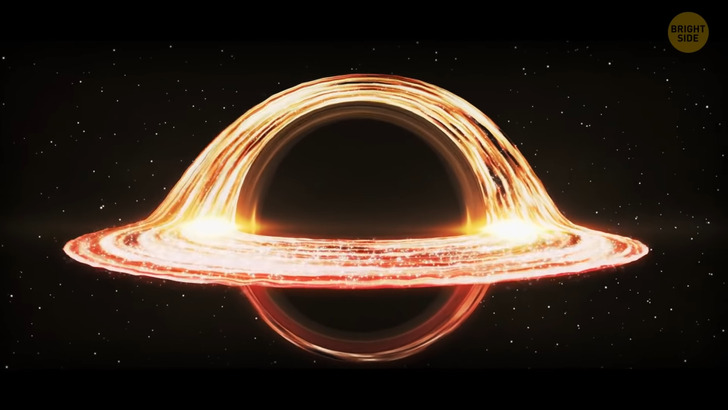
The Sun used to be in the center of our solar system, far enough not to burn us, but still close enough to give us light, warmth, and beautiful scenes when it would rise on the east and go to rest on the west — hey, this one even rhymes! It gave us life. The most massive body in our solar system contains 99.8% of its total mass. It’s so wide, you could fit more than a million Earths inside of the Sun. Maybe our Sun turned into a black hole? But it’s way too early for that to happen!
I mean, that’s how they form. When enormous stars come to the end of their lifecycle and explode — which is called a supernova — they end up collapsing on themselves, becoming very small. It’s a tiny size and a huge mass — that’s what makes black holes’ gravity so strong — and even light that comes too close can’t escape.
And all the stars in the Universe are shrinking and will disappear at some moment. Our Sun loses 4 million tons of mass every second, and eventually, the only energy left in the Universe will be generated by black holes. A black hole is surrounded by dust, gas, and radiation. The radiation is very dangerous, so we hope our planet won’t come near it.
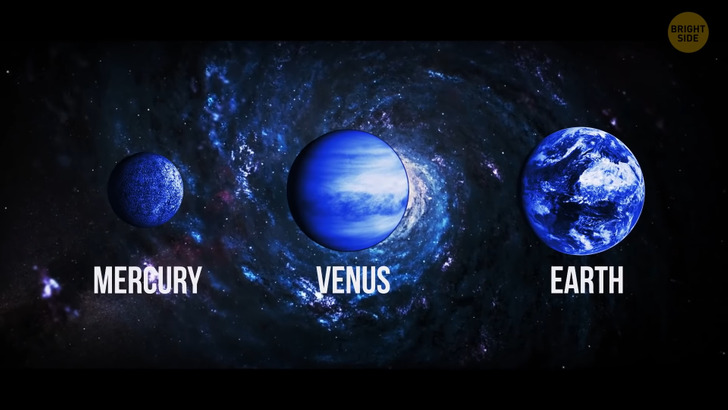
Our solar system doesn’t have light anymore. No light and no heat either, so even Mercury and Venus will probably get covered in ice pretty soon, not to mention Earth. Do I need to say nothing will survive this new Ice Age? The only salvation might come from the accretion disk that spins so fast it generates heat, but that’s too many chances to take.
Still, at least if the black hole has the same exact mass as the Sun before it, all the planets will remain in the same orbits — Earth included. But if it has a mass bigger than our Sun, which is something our scientists are currently trying to figure out... then Bye-bye, solar system, it was nice knowing you.
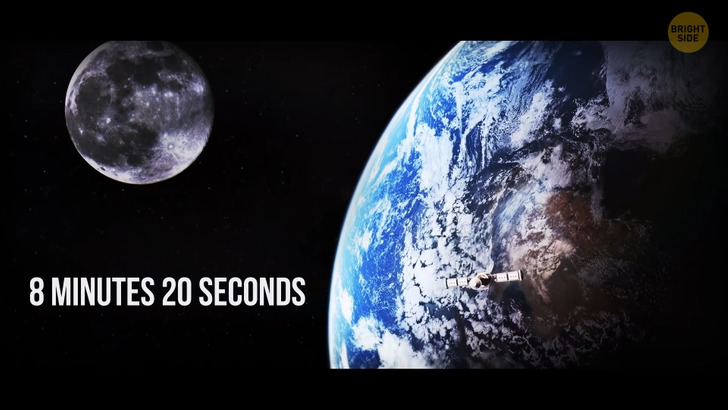
Scenario 2. Oh no, what’s happening? It was supposed to be a nice, sunny day, but now you see darkness descending so abruptly. How come it’s night, yet the clock says it’s 2 p.m.? And the Moon looks different... The TV reports say our Sun is gone, and due to some mysterious events, the Moon is not orbiting the Earth anymore — it’s in the center of our solar system now!
We don’t have much time left. Since the Sun is not in the center of our solar system, we now have 8 minutes and 20 seconds to become aware of it. It may take millions of years for the sun’s energy to travel from its core to the surface, but 8 minutes and 20 seconds is exactly how long it takes for Sunlight to reach Earth. The light takes a journey across 93 million miles, which is the distance that separates us from the Sun.
We’re not in the habitable zone anymore. The habitable zone is the distance from a star — in our case, the Sun — at which liquid water could exist on the surface of a planet. Now the Sun’s gone, its light won’t reach us anymore and our planet will gradually become a frozen, lifeless rock. Who knows if we’ll have enough time to come up with some technologies that would provide us with the solar energy we need to sustain life on Earth.
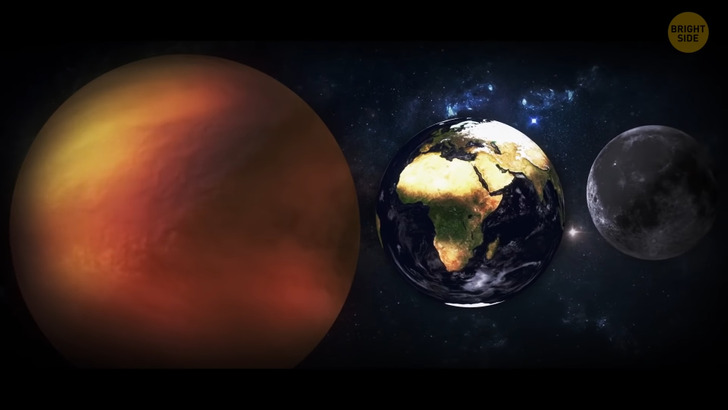
If not... Well, millions or billions of years later, scientists from some other civilizations would explore it, trying to find evidence if life ever even existed there. It would be the same as we do with Mars and other planets in our solar system, trying to figure out if they have always been lifeless or if there might be a sign that some organisms used to live there. Something else, also vital for our life, travels at the speed of light. Gravity. Without the Sun, for roughly 8 more minutes, the planets would continue circling the empty center of our solar system. Until the clock ticks, and they finally drift somewhere into an unknown direction of outer space.
Our Moon doesn’t have a strong enough gravity to keep us in place. It can’t shine so brightly to give us warmth and support life. It’s so far we can barely see it now. Without the Moon that peacefully travels close to our planet as it used to, we can see tides are getting lower incredibly fast. Oh, and it’s becoming really windy. Winds are so much stronger and faster now! When things were normal, our planet sat at a 23.5-degree tilt, which is the reason we had changing weather and seasons. Now, the tilt is so extreme it’s getting very cold, very fast. And our time is almost up, people are screaming, everyone’s in panic. We still have maybe 1 minute left until we sink into eternal darkness...

Scenario 3. We’re not sure what exactly happened and how the life we carelessly lived yesterday came to an end. No one could predict it, but it seems that, out of nowhere, a giant neutron star took the spot where our Sun used to be. It’s not something we’d recognize on our own — we just noticed something was different, and the Sun kinda got smaller and weirder. The rest we heard on the news. And no one knows how it happened. Maybe our Sun is somewhere behind the neutron star? Or the star pushed it out of our solar system and into an unknown direction?
A neutron star is the densest space object we know about. It has almost twice as much mass as our Sun, but it’s all squeezed into a star only 10 miles across, which is about the size of a city on Earth. A neutron star forms when a huge star runs out of fuel. It collapses in a big explosion. Its very central region, the core, collapses, which is why every electron (negatively charged particle) and proton (positively charged particle) crush together into a neutron, which is either uncharged or neutrally charged.
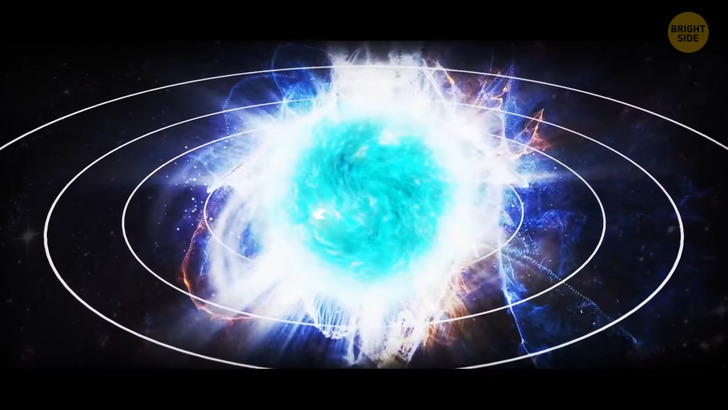
We’re in a very tricky situation now, basically waiting for our end to come. This neutron star has gravity 2 billion times stronger than the one Earth has. This means our new “Sun” will pull all the planets in our solar system towards itself and eventually destroy them. It’s already started — for the first time that we know of, the planets are leaving their stable orbits, attracted by the powerful force of the neutron star. It’s becoming chaotic pretty fast.
And it won’t stop there. A neutron star rotates more than 700 times every second, which is incredibly fast — our Sun rotates once every 27 days. So, after it destroys all the planets, including us, this star will continue whirling throughout the Universe at about one-fifth of the speed of light. Maybe it will slow down and fizzle out with time, but maybe not.
After thousands of years, many neutron stars begin to slow down and blow out. But that doesn’t always happen. If it meets another star, it will orbit it and start to feed off its atmosphere until it collapses at some point and turns into a giant black hole. Our Sun was going to burn* out anyway.

Until the neutron star showed up, the Sun was 4.6 billion years old, which was about halfway through its lifespan. It had already burned off about half of its hydrogen stores and had enough supplies for another 5 billion years. It was eventually supposed to end up the size of the Earth. After running out of fuel, it would’ve simply collapsed. It would’ve retained its enormous mass, but its volume was going to be similar to that of our planet.
No Sun, no life, so the result would’ve been basically the same. But this way, it would’ve been a slow process — who knows if humans would even inhabit this solar system in those times! But with neutron stars, things move towards the end pretty quickly. And it’s way more chaotic. If the neutron star was going “crazy” somewhere far away in another galaxy, we’d only see it in the shape of a distant flashing light that we call a pulsar. But this way... BOOM.

